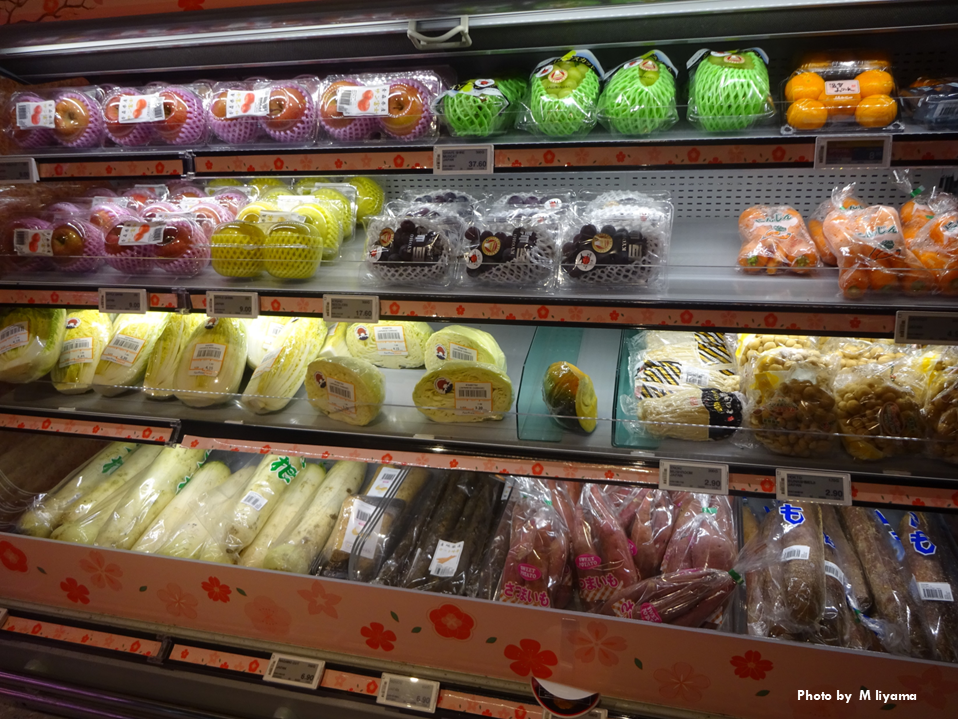Pick Up
1141. The Hidden Costs of the Global Agri-food System Amount to $12 Trillion per Year

1141. The Hidden Costs of the Global Agri-food System Amount to $12 Trillion per Year
On November 8, the FAO released the 2024 edition of the State of Food and Agriculture (SOFA).
Based on an in-depth study of 156 countries, SOFA 2024 found that the hidden environmental, health, and social costs of agri-food systems totaled approximately $12 trillion per year. Of this figure, about 70% ($8.1 trillion) comes from unhealthy eating patterns and is linked to alarming non-communicable diseases (NCDs) such as heart disease, stroke, and diabetes, far outweighing the costs associated with environmental degradation and social inequality.
Building on the 2023 edition, SOFA 2024 provides an even more in-depth analysis and leverages true cost accounting to reveal the costs and benefits associated with food production, distribution, and consumption, including so-called "hidden cost benefits" that are not reflected in market prices. To facilitate analysis, the research introduces a typology that categorizes agrifood systems into six distinct groups: protracted crisis, traditional, expanding, diversifying, formalizing, and industrial. This framework allows for a targeted understanding of the unique challenges and opportunities inherent to each system, enabling the development of tailored policies and interventions. The analysis revealed that the weight of hidden costs varies depending on the typology of the agri-food system.
Historically, agri-food systems have shifted from traditional to industrial systems, each with different hidden costs. For example, in a protracted crisis system (characterized by protracted conflict, instability, and food insecurity) or traditional systems (characterized by low productivity, limited technology adoption, and small value chains), low fruit and vegetable intake is a major concern. On the other hand, in industrialized agri-food systems in upper- and middle-income and high-income countries, the hidden costs are mainly due to health costs, followed by environmental costs.
High sodium intake is also a major concern. As agri-food systems move from traditional to formal, intake tends to increase and/or peak, while in industrialized systems it decreases. Conversely, the high consumption of processed and red meat has steadily increased throughout the transition from traditional to industrialized systems.
In addition to dietary risks, the environmental impact of unsustainable agricultural practices also contributes significantly to the increase in hidden costs. The costs associated with greenhouse gas emissions, nitrogen runoff into the environment, land-use change, and water pollution are particularly high in countries with diversified agri-food systems, where rapid economic growth combined with evolving consumption and production patterns amounts to an estimated $720 billion. Formalizing and industrial agri-food systems also face significant environmental costs. However, countries facing protracted crises bear the highest relative environmental costs at 20% of GDP.
The societal costs of poverty and malnutrition, which are large in traditional and protracted crisis systems, account for 8% and 18% of GDP for each person, respectively, underscoring the urgent need for improved livelihoods and integrated humanitarian, development, and peacebuilding efforts.
SOFA 2024 emphasizes the importance of adapting to local conditions and capturing the priorities of the parties.
Reference
FAO. 2024. The State of Food and Agriculture 2024 – Value-driven transformation of agrifood systems. Rome. https://doi.org/10.4060/cd2616en
Contributor: IIYAMA Miyuki, Information Program
